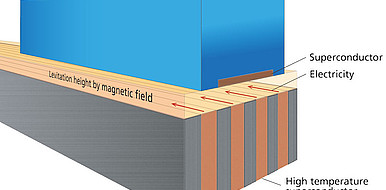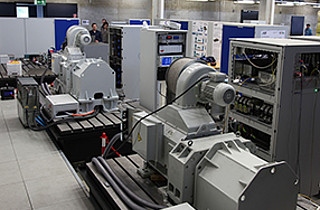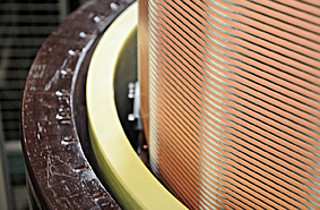Freight and energy transport by magnetic levitation train
Transport and logistics are an integral part of social life. The mobility of freight and goods in the industrial environment is ensured by means of rail transport, among other things. In addition to the classic drive systems for rail vehicles, such as electric motors and internal combustion engines, electrified magnetic levitation technologies are under development.
State of the art
The principle of the magnetic levitation train is known and different systems, e.g. electromagnetic levitation, are already internationally validated on test tracks. All classic techniques have in common that repulsive forces caused by magnetic fields between the guide rail and the vehicle create the levitation effect. The "magnetic levitation" is considered to have a promising future, since frictionless levitation does not cause friction wear and very high speeds are possible. However, depending on the system, there are either high costs for the necessary control technology or for high-priced permanent magnets.
Technology
Using superconducting tape conductors, scientists from the Institute of Technical Physics (ITEP) have developed a new form of magnetic levitation that combines rail transport with energy transmission via the magnetic levitation track. The typical permanent magnets are replaced by a current-carrying, lamellar composite of high-temperature superconductor and soft magnetic material (e.g. iron) as rail. This tape is cooled below the superconducting transition temperature and generates the magnetic field necessary for levitation by means of a current flow. On the vehicle side, a superconductor is also installed as a magnetic counter pole, which ensures the levitation position so that the vehicle can move along the magnetic field configuration. A continuous electrical line is thus also realized via the railway network of superconductor tapes.
Advantages
In contrast to existing superconducting levitation techniques, the new concept completely dispenses with permanent magnets. The superconductor in the railway not only generates the magnetic fields, but also allows loss-free energy transport along the track. This additional function can increase the cost efficiency of a magnetic railway network.
Options for companies
The described technology opens up new perspectives for the new planning of logistics and energy supply at industrial sites. KIT is looking for partners for the further development or use of the magnetic levitation concept and the realization of a demonstrator.
Your contact person for this offer

Innovation Manager Mobility and Information Karlsruhe Institute of Technology (KIT)
Innovation and Relations Management (IRM) Phone: +49 721 608-28460
Email: birgit.schulze@kit.edu





